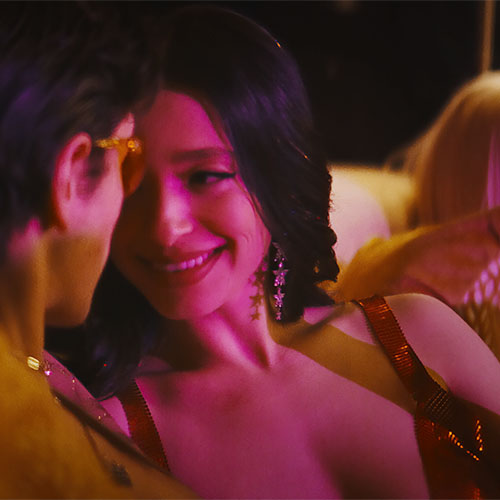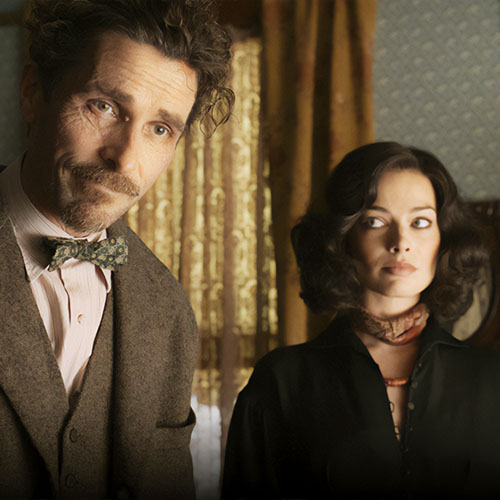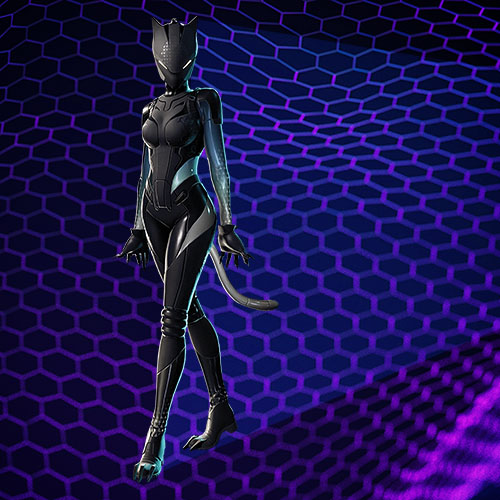In his new book, Brian Raftery explains why 1999 was the Best. Movie. Year. Ever.
In summer 1999, journalist Brian Raftery was 23 years old and had just made the big move from the cineplex desert of rural Pennsylvania to New York City. He had landed a job interning at Entertainment Weekly, back when the likes of Owen Gleiberman, Mark Harris, and future Gone Girl author Gillian Flynn could be regularly overheard in the hallways arguing passionately about the latest releases.
“It was also the first year I ever went to a screening,” Raftery recalls. “It was like, I get to see these movies for free? In a nice theater? Weeks before anyone else? It was so exciting.”
You could forgive a movie-drunk kid like Raftery for thinking every other movie he saw in 1999 was some kind of cinematic miracle. Except everyone else did, too.
It wasn’t just that a bunch of compelling, distinctive smaller movies like Being John Malkovich, Election, Rushmore, and Boys Don’t Cry came out that year; even a lot of the blockbusters were interesting—1999 was the year of The Sixth Sense, The Matrix, and Toy Story 2. Some movies straddled both worlds, like The Blair Witch Project, which was shot for next to nothing on a camcorder in the Maryland wilderness and became one of the ten highest-grossing films of the year.
Now Raftery has written a book, Best. Movie. Year. Ever., in which he explores the production history of about 30 of 1999’s most notable releases, from large-scale productions like The Phantom Menace, to cult hits like Go and Galaxy Quest, to the kind of mid-budget, auteur-driven studio projects that have increasingly become Hollywood rarities: David O. Russell’s Three Kings, Michael Mann’s The Insider, Paul Thomas Anderson’s Magnolia. And even then, he had to leave out plenty more: South Park: Bigger, Longer & Uncut, American Movie, The Talented Mr. Ripley, and Ravenous, the bizarre Guy Pearce cannibal movie that remains one of his personal faves.
“I see 1999 as a collision between three generations of filmmakers,” Raftery says. “This is the year you get Spike Jonze’s first movie, Sofia Coppola’s first movie, Brad Bird’s first movie, M. Night Shyamalan’s big breakthrough—all these exciting new voices emerging, all coming from different places. Then you have these major directors coming back after at least a decade away: [Stanley] Kubrick, George Lucas, Terrence Malick. And then there’s Michael Mann and David Fincher and Steven Soderbergh, all being handed the keys to the equivalent of these big muscle cars. It’s like, ‘So you say this movie Fight Club is going to be a nihilistic takedown of consumer culture, and you’re going to blow up our corporate offices at the end of it? Okay, well, we can only give you $65 million to make that.’”
How’d this happen? Raftery gives part of the credit to a generation of movie executives who started their careers during the New Hollywood era of the 1970s and whose decisions were informed as much by a genuine love of movies as by business savvy. Take Lorenzo di Bonaventura, who greenlit Three Kings and The Matrix when he was running Warner Bros., simply because he thought they were…you know, great ideas.
“I don’t mean to deride them,” Raftery says, “but with some of today’s executives, I sometimes wonder, ‘Was this what you really wanted to do when you were in college studying Hal Ashby movies?’ That said, in 1999, the movie industry had a lot of money to waste. These movies did not feel like risks that would end everything. You could get something like The Insider, which had a budget of around $70 million, which is insane for a drama that is never going to have a sequel, and which you’re never going to be able to spin off.”
At the same time, Raftery resists the cliché that you could never get these movies made nowadays. He thinks they’d still survive, albeit in different forms. The Iron Giant would probably have a much easier time in 2019, for instance, now that skillfully told, heartfelt animated films in the Pixar mold have become a hugely profitable genre unto themselves.
Fight Club might not get the glossy treatment it did in 1999, but maybe a gnarlier, shot-on-digital version would still pack the same punch. Magnolia could stretch out its storytelling ambitions even further as a prestige series on HBO or Netflix. And Being John Malkovich? Well, that one always seemed like a fluke, even in 1999—Raftery says half-jokingly that he can imagine that premise in 2019 being boiled down to “a crazy, really well-made Cuervo ad.”
If any cluster of 1999’s movies seems uniquely of its time, Raftery thinks, it’s teen movies. He devotes a chapter to Varsity Blues, She’s All That, American Pie, 10 Things I Hate About You, and the gloriously trashy Cruel Intentions.
“Those were not the movies I grew up on,” Raftery admits, “but I have a lot of respect for them. They’re super-fun, but the fact that Columbine happened this year when teens had this remarkable pop-culture ascent is also very moving to me. Teen movies had to change after that, and this vacuum-sealed, pre-Columbine depiction of high school is very poignant when you watch it now.”
In 2016, Raftery wrote an article for Wired lamenting how movies no longer mattered as much as they had two decades ago. It wasn’t just that the most groundbreaking creative work seemed to be happening on television; even something as frivolous as Pokémon Go was sparking more engagement than whatever experiments Steven Soderbergh was cooking up at the time.
He doesn’t feel that way anymore. “I feel good about movies now,” he says. “In 2018 alone, you had First Reformed, Black Panther, and Minding the Gap, three movies with absolutely nothing in common—different budgets, different filmmaking styles, different audience ambitions—but all amazing. People always complain about franchises, but the thing is, you don’t have to go see all of them. If you just see the good ones, like Black Panther or Mission: Impossible—Fallout, you’re doing pretty good.”
Maybe, just maybe, the true “best movie year ever” is already underway and we just don’t know it yet. As Raftery notes, Hollywood sage William Goldman published an essay in Premiere early in 1999 decrying how movies had lost their way. “How many great movies do you need in a year, anyway?” Raftery asks. “In 1999, we might have had too many of them. In 2019, we might have exactly the right amount.”



















